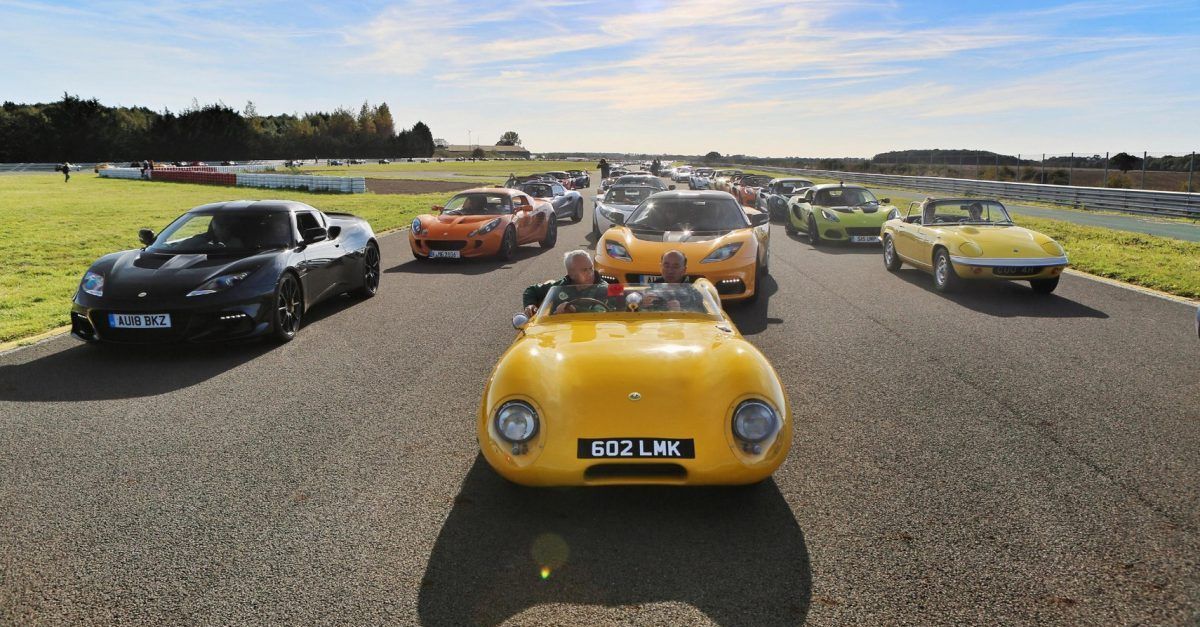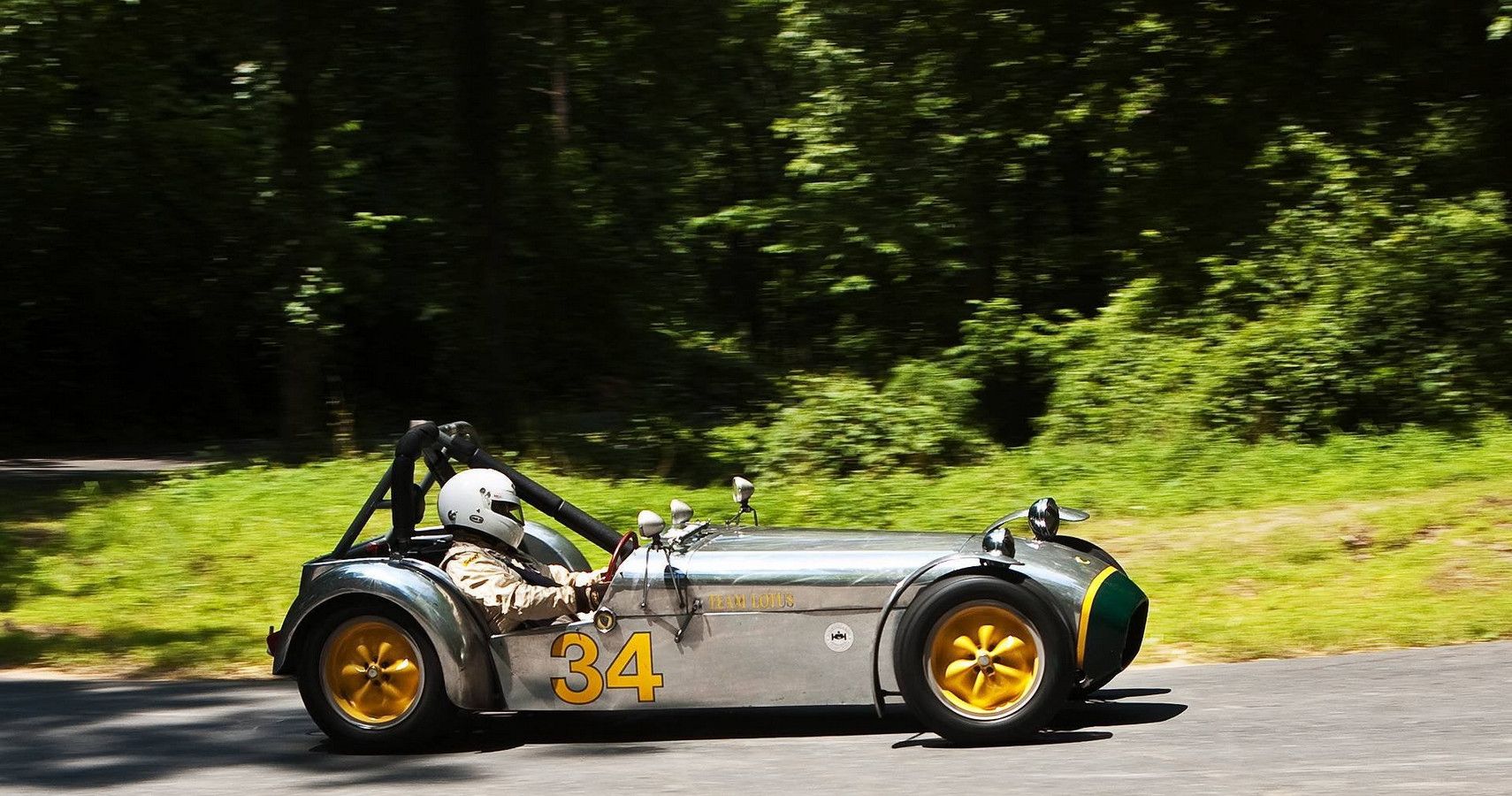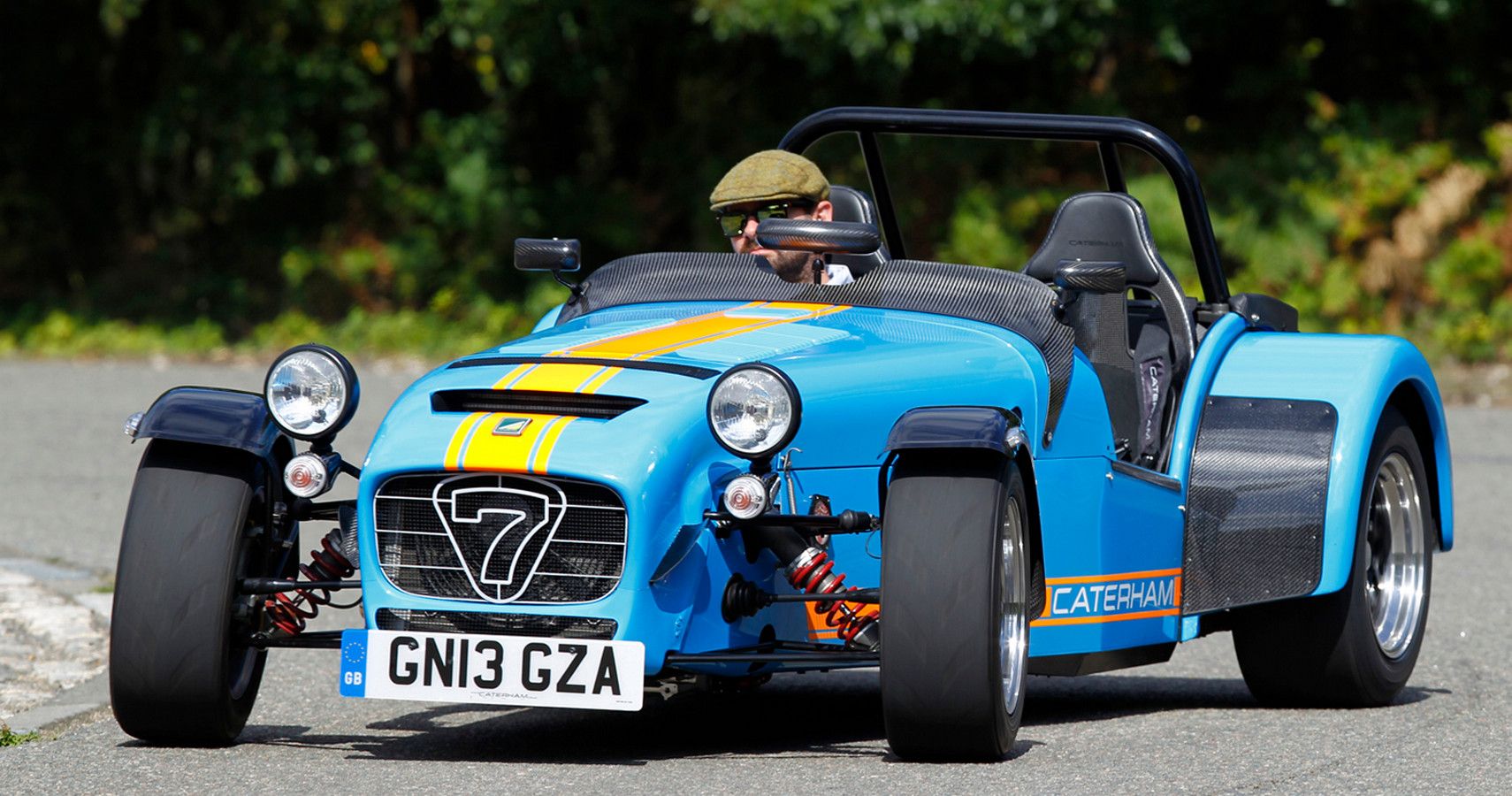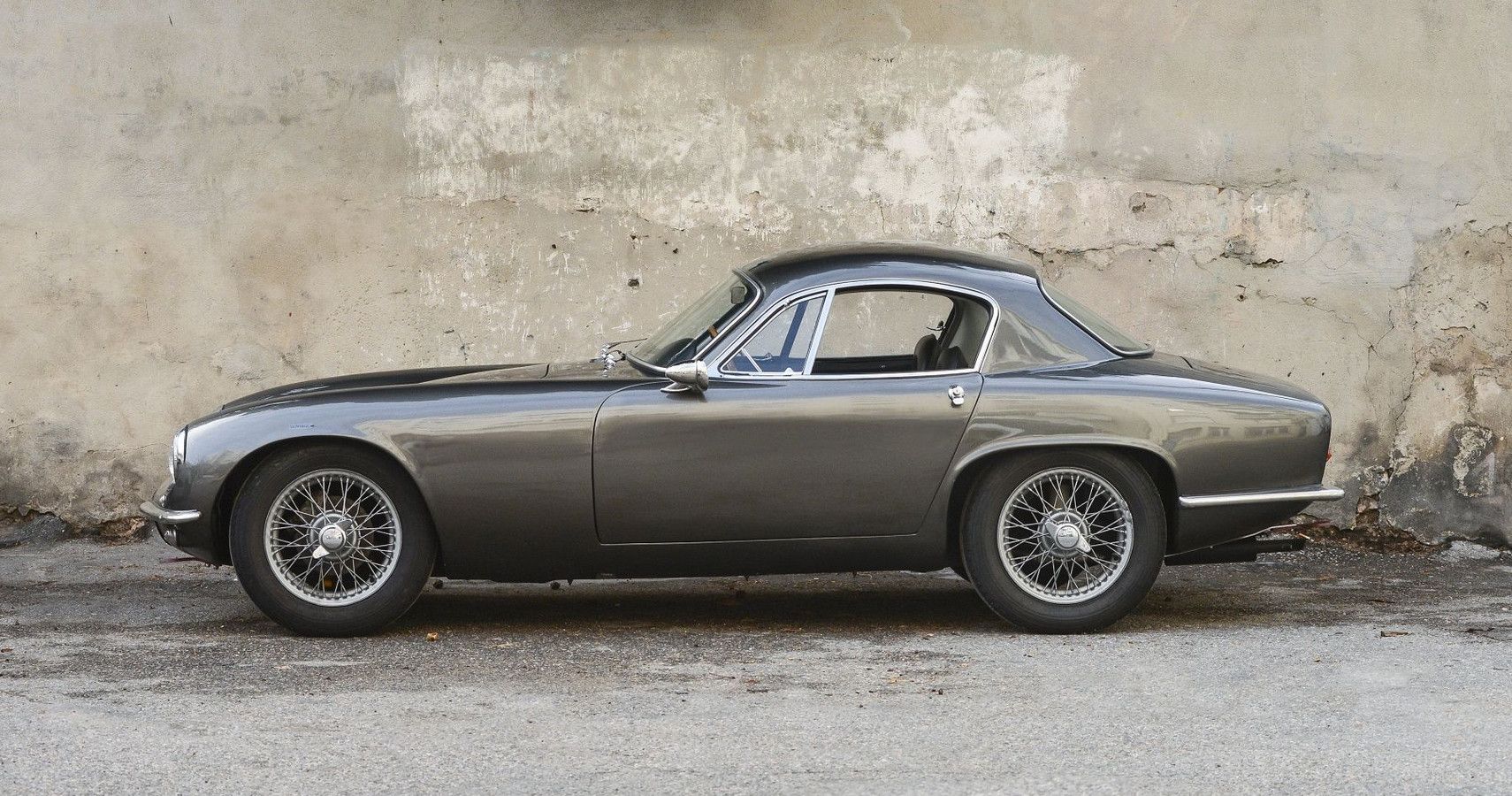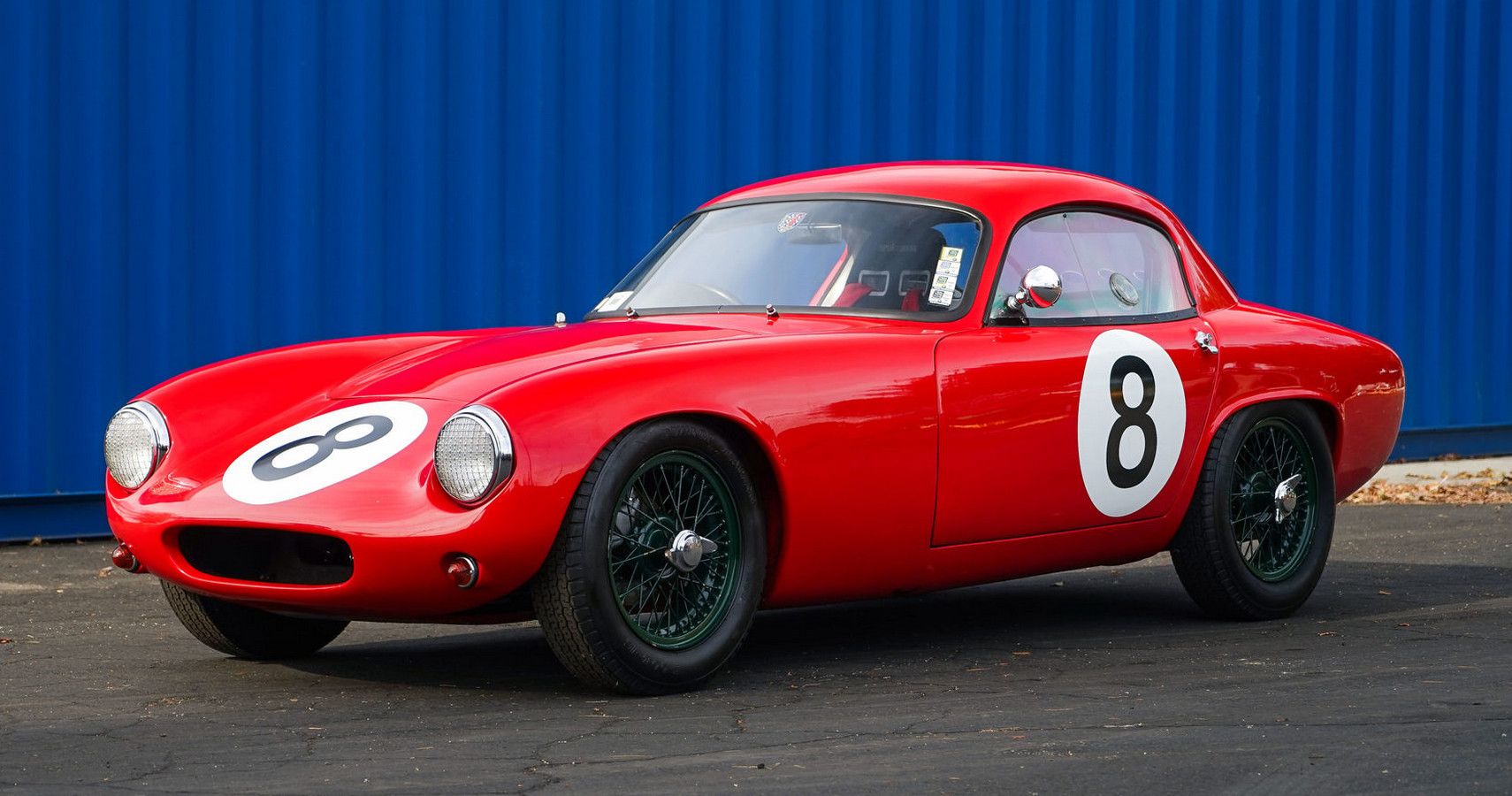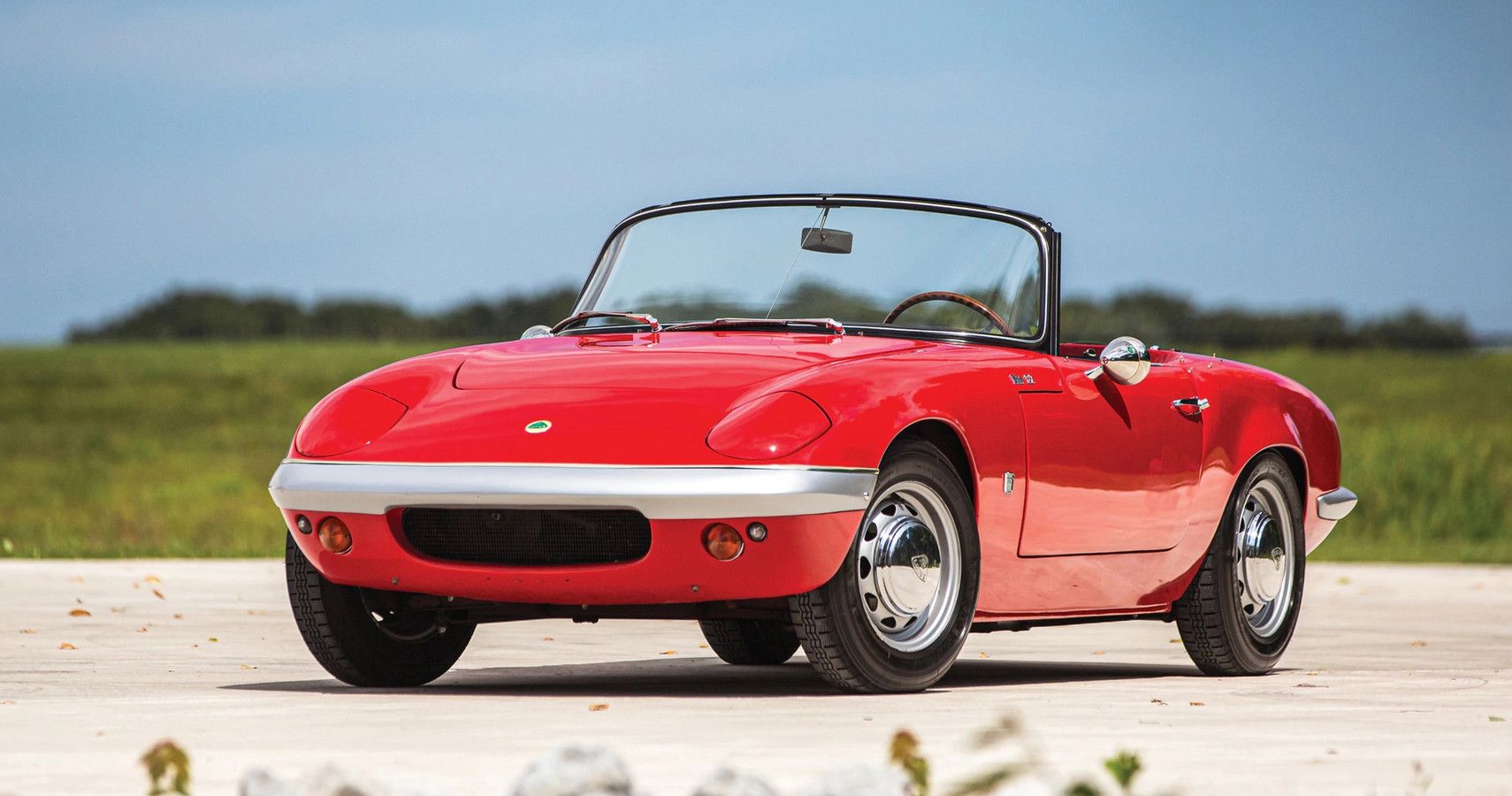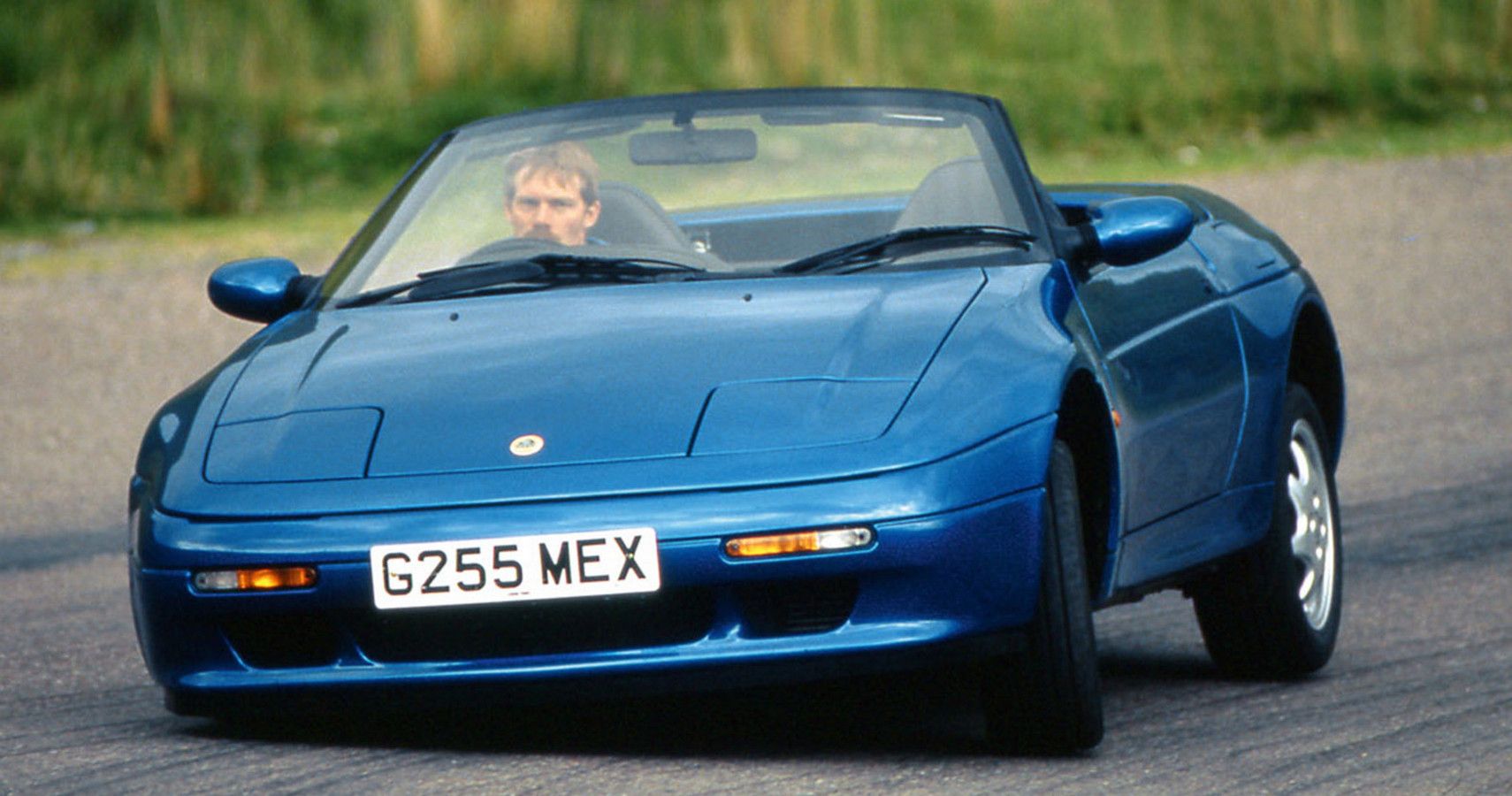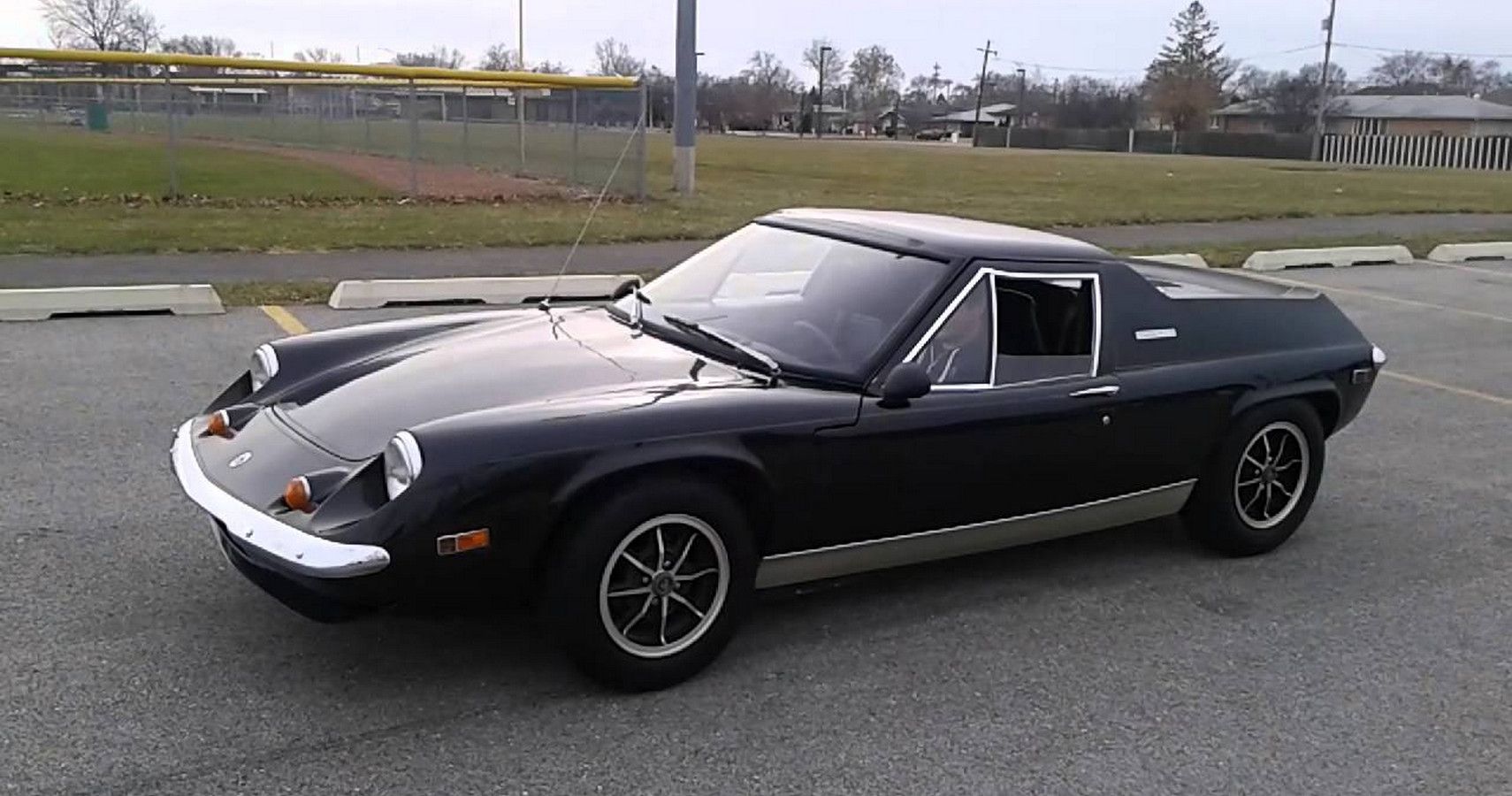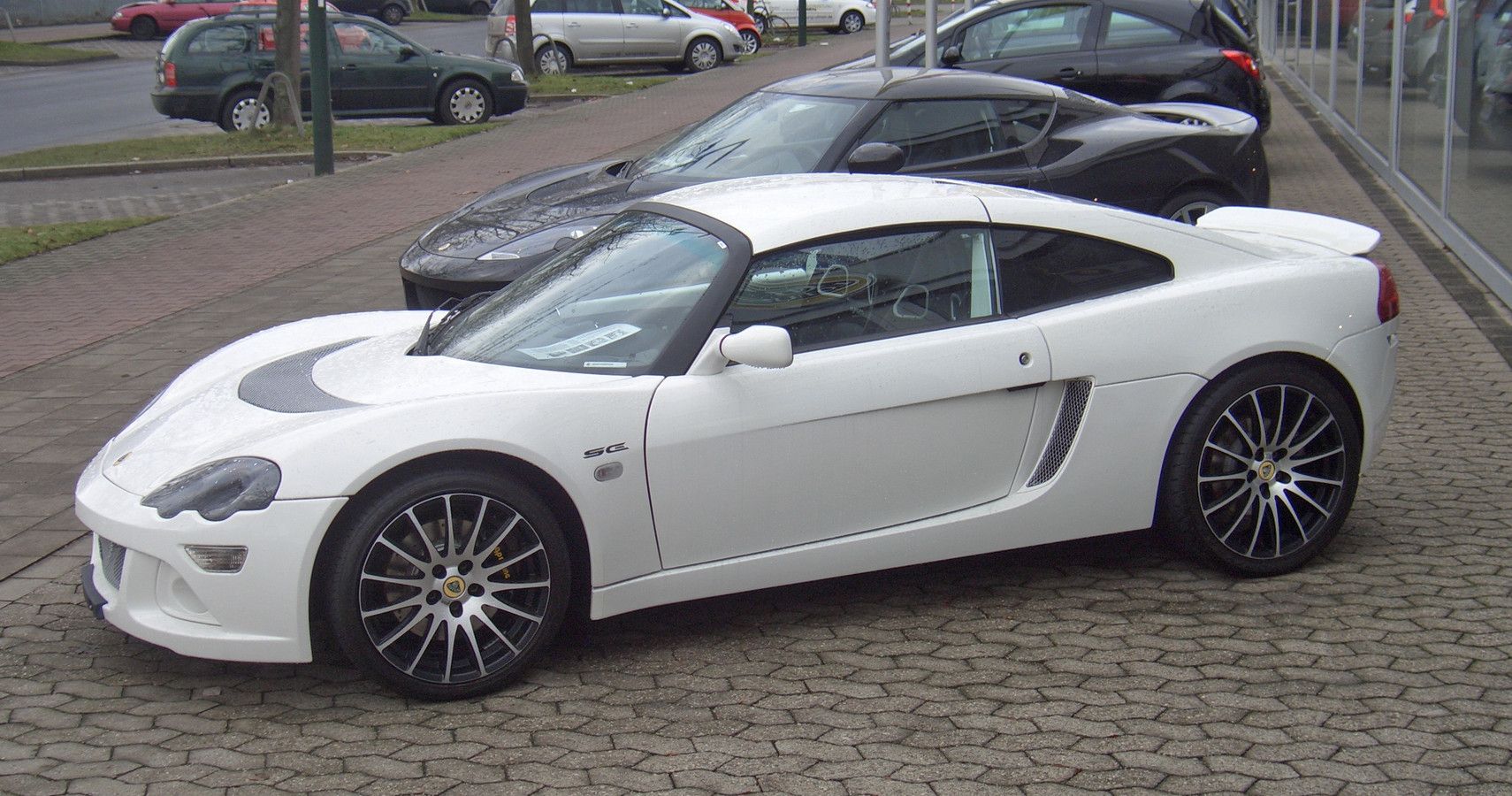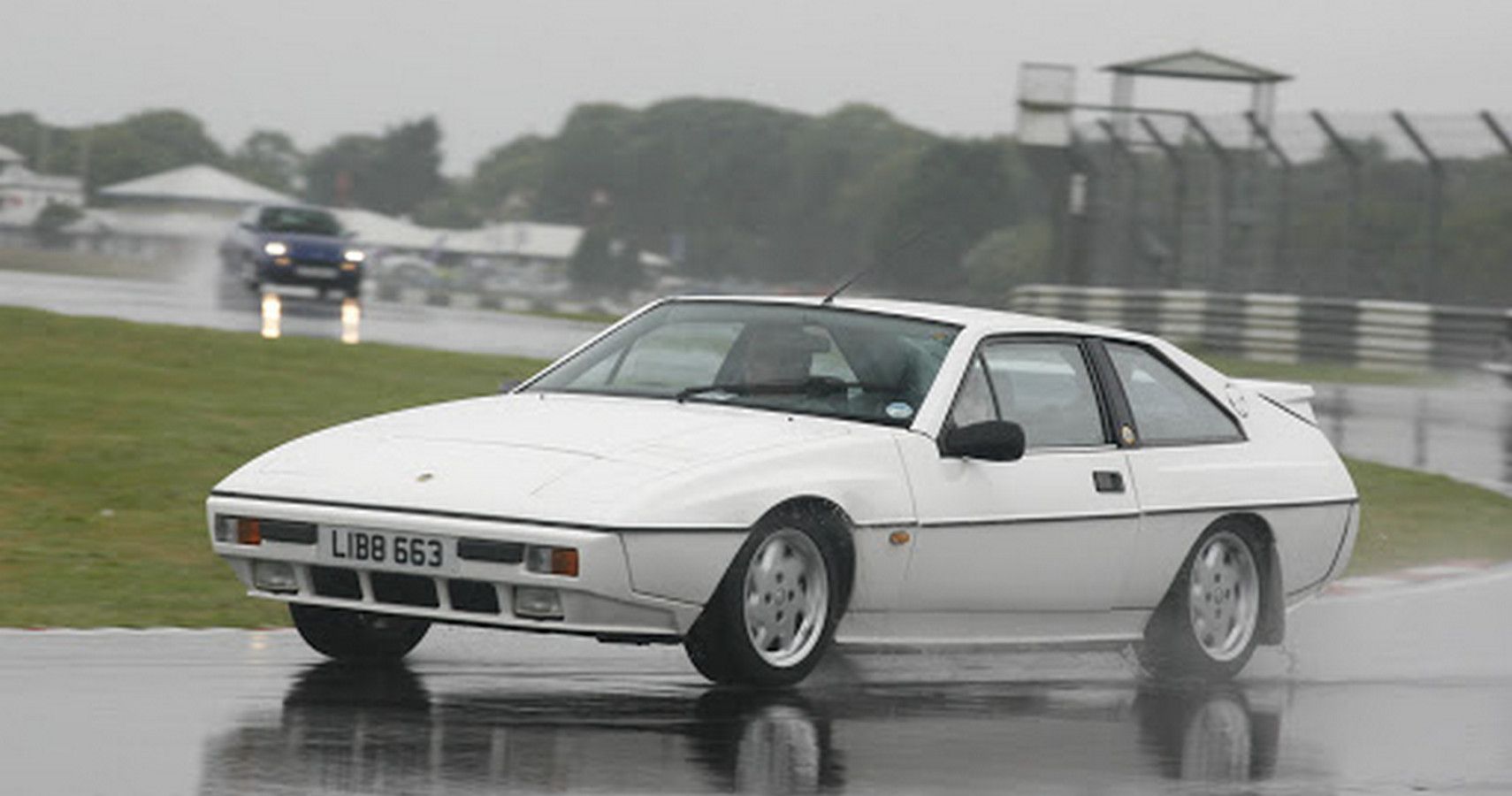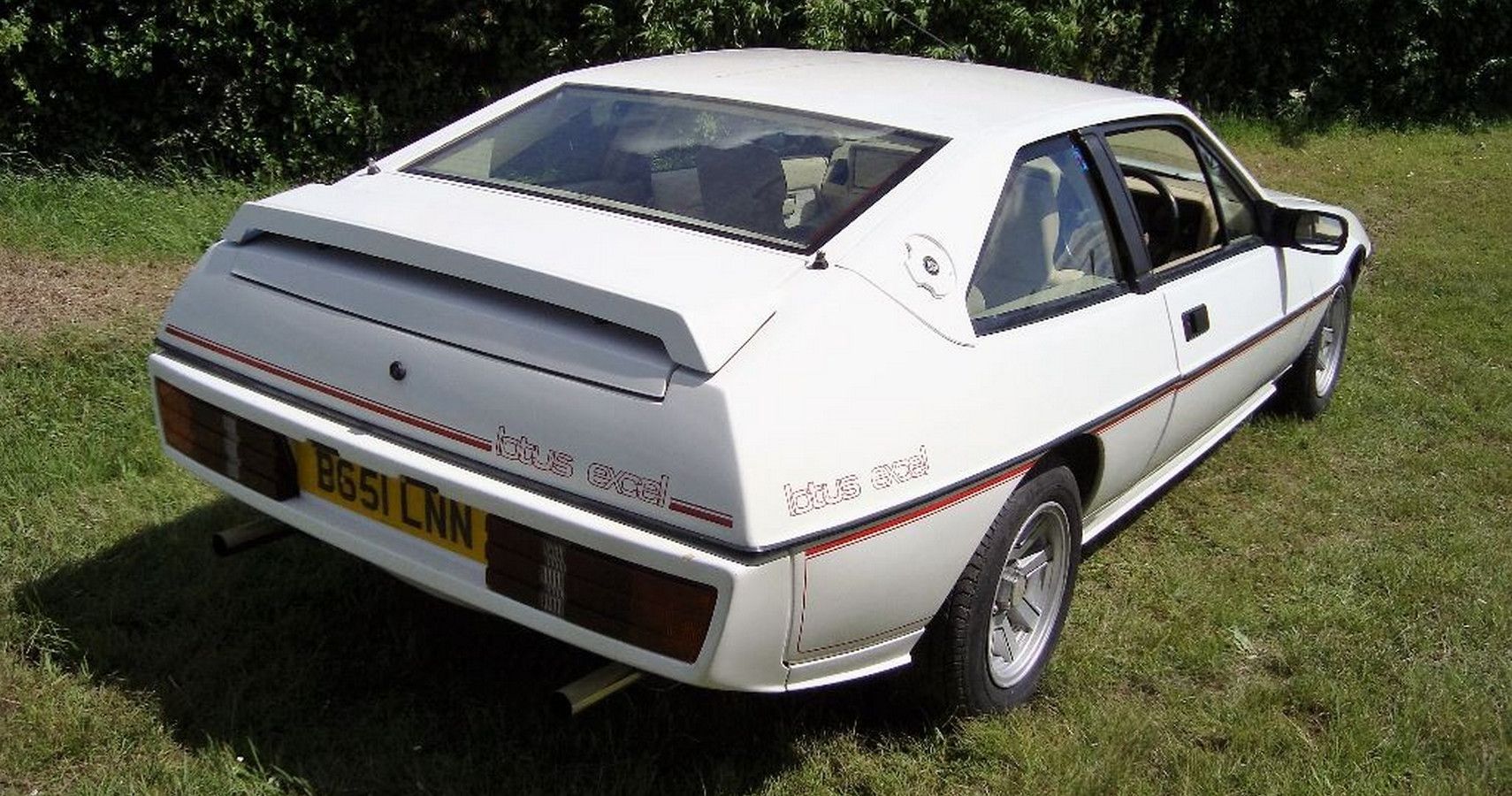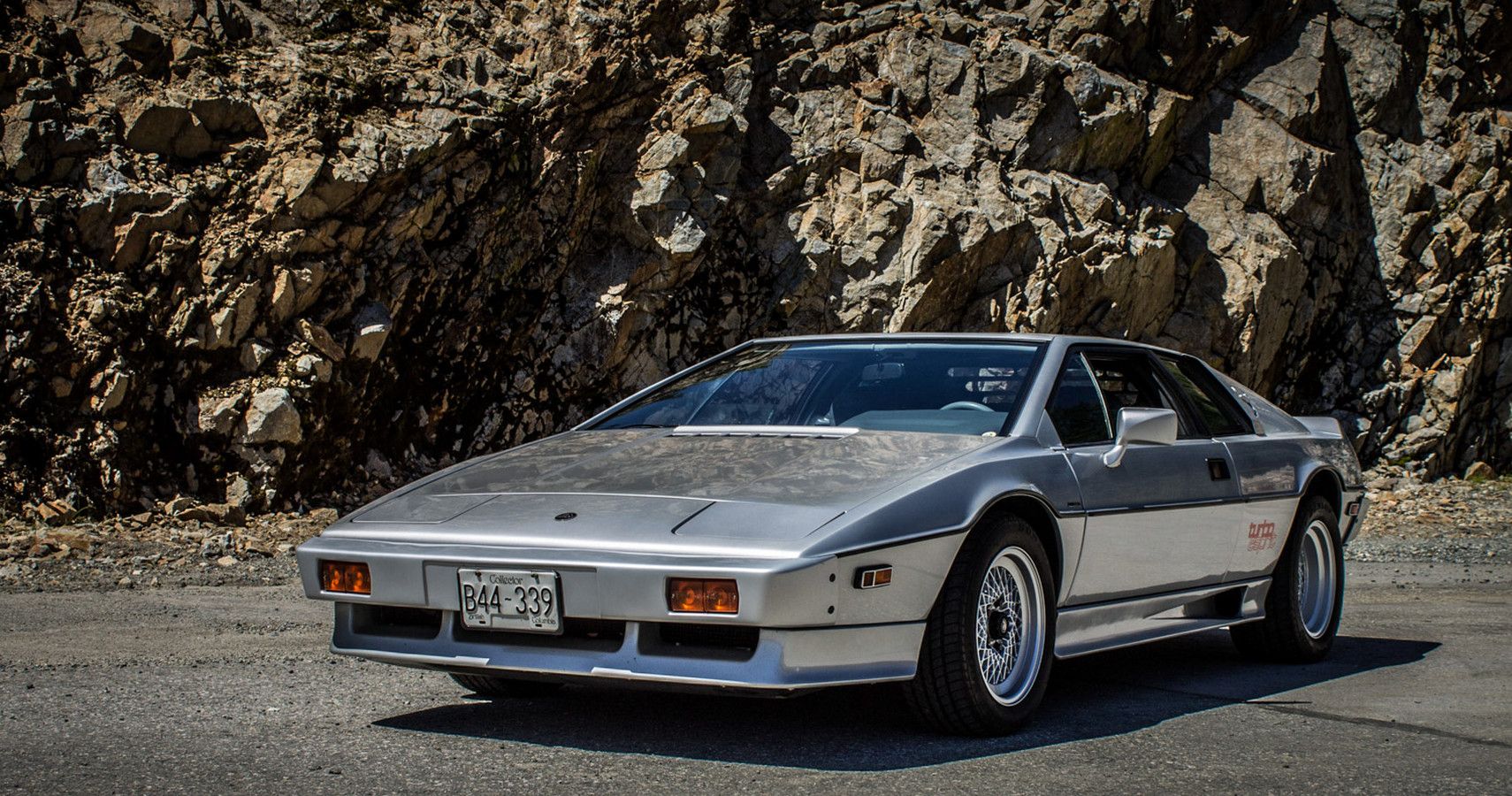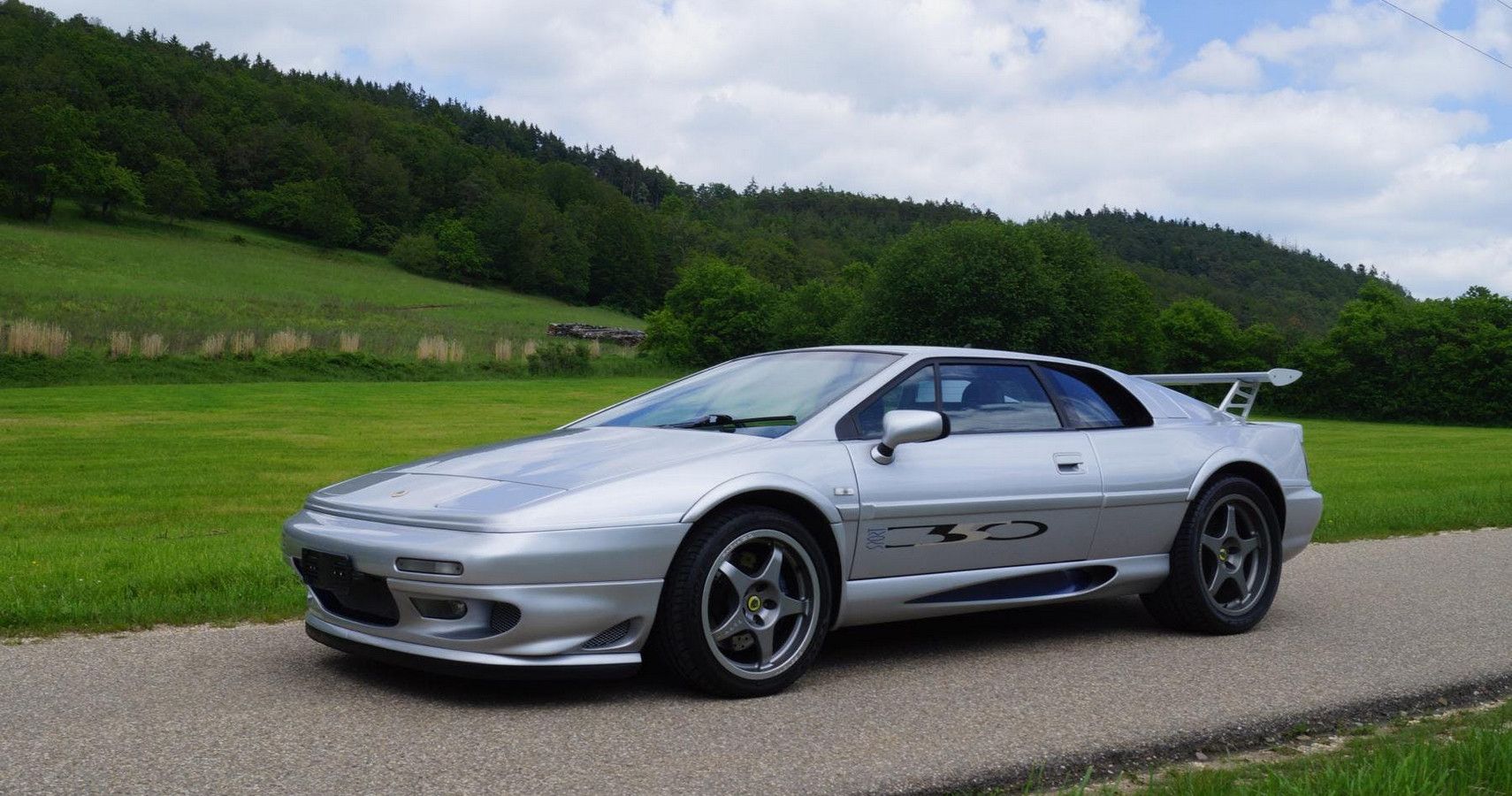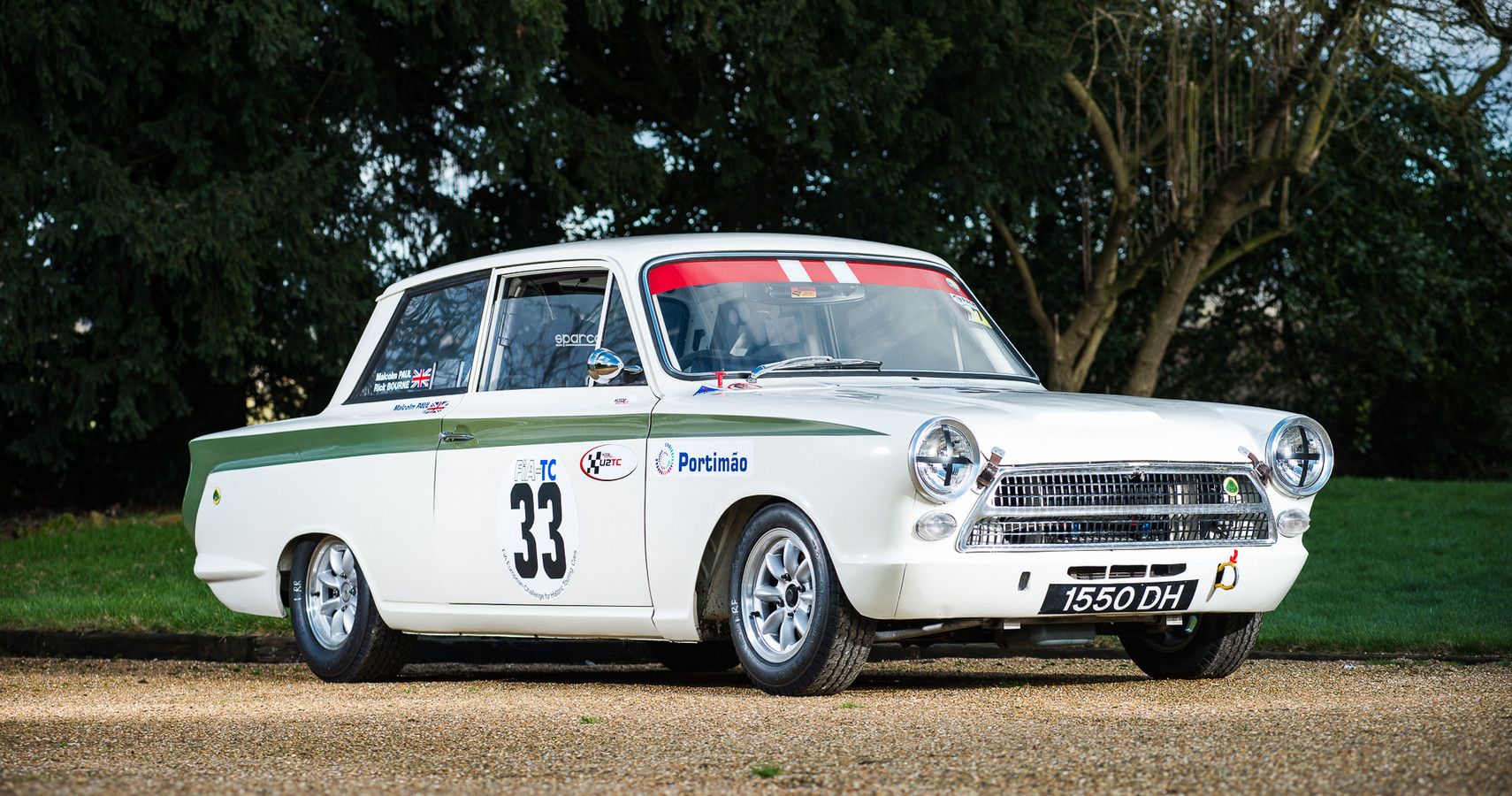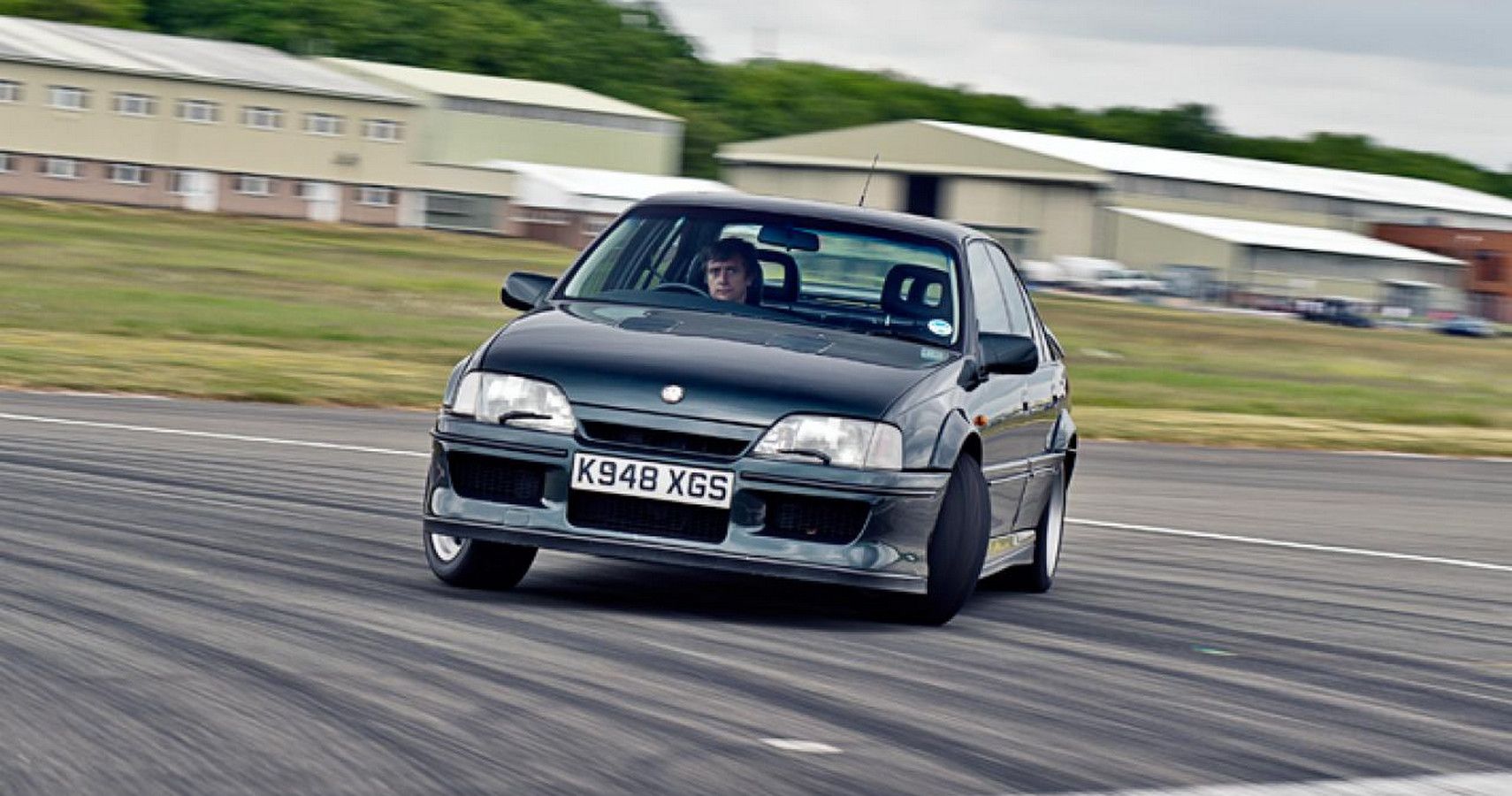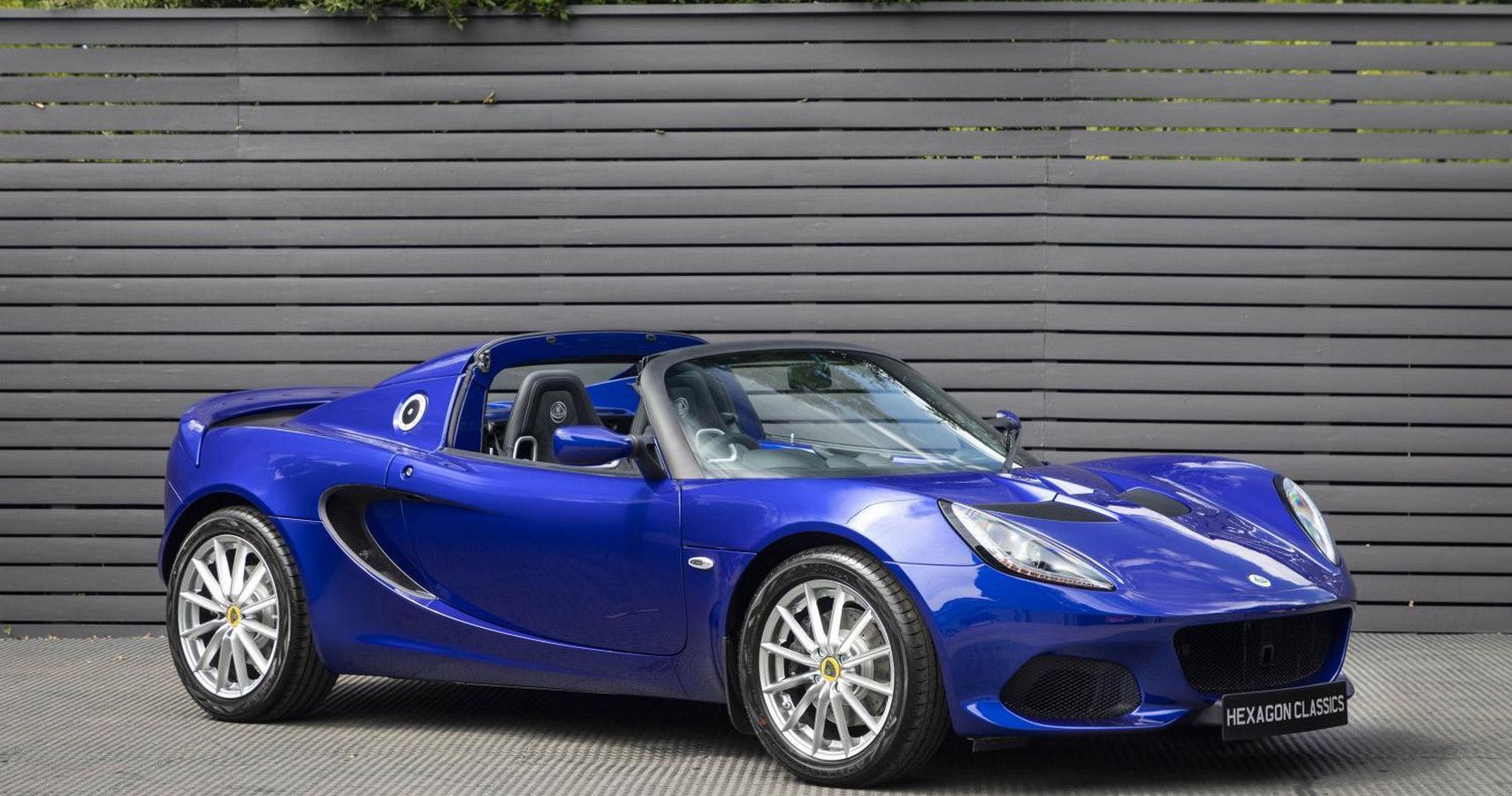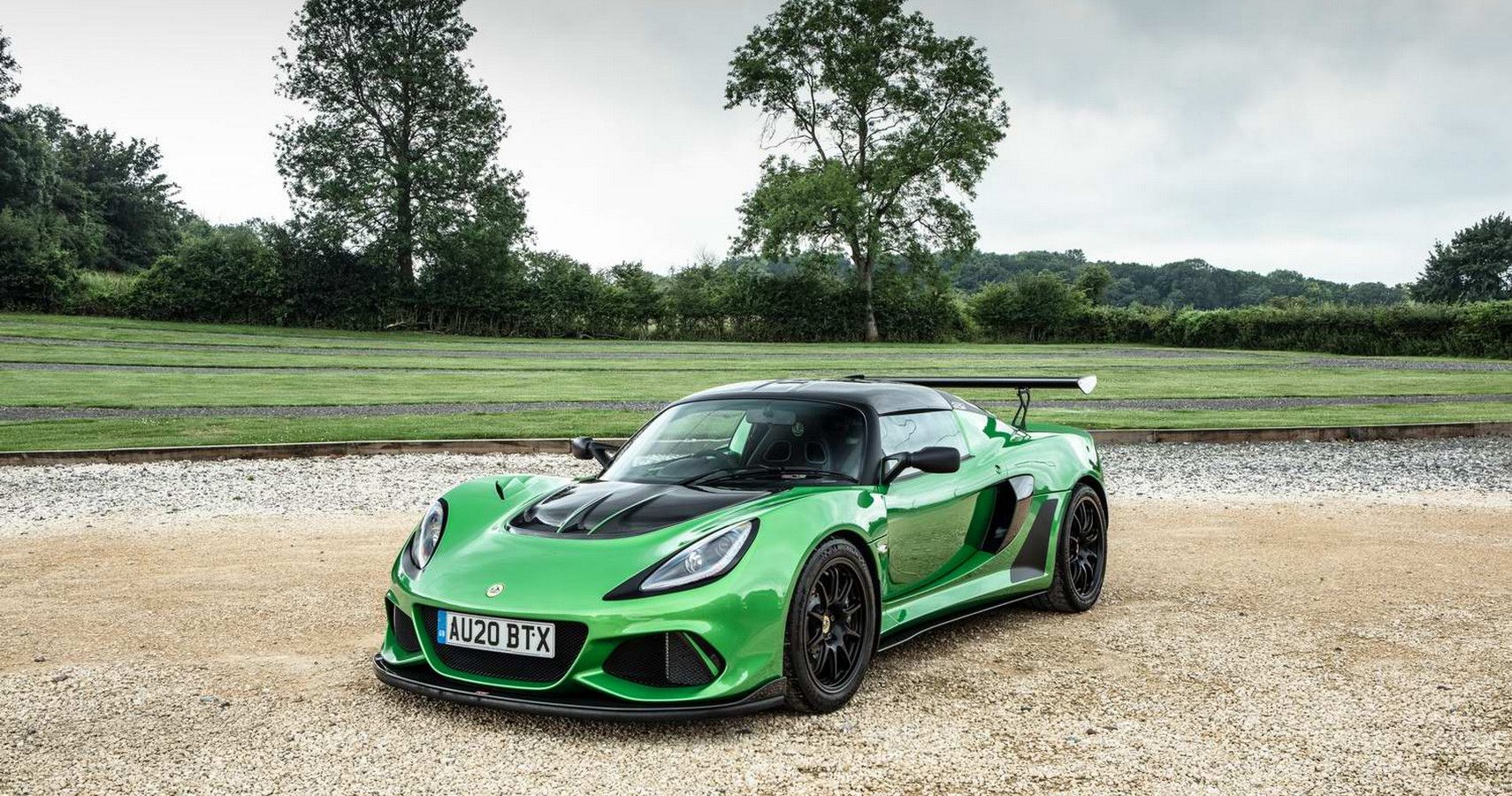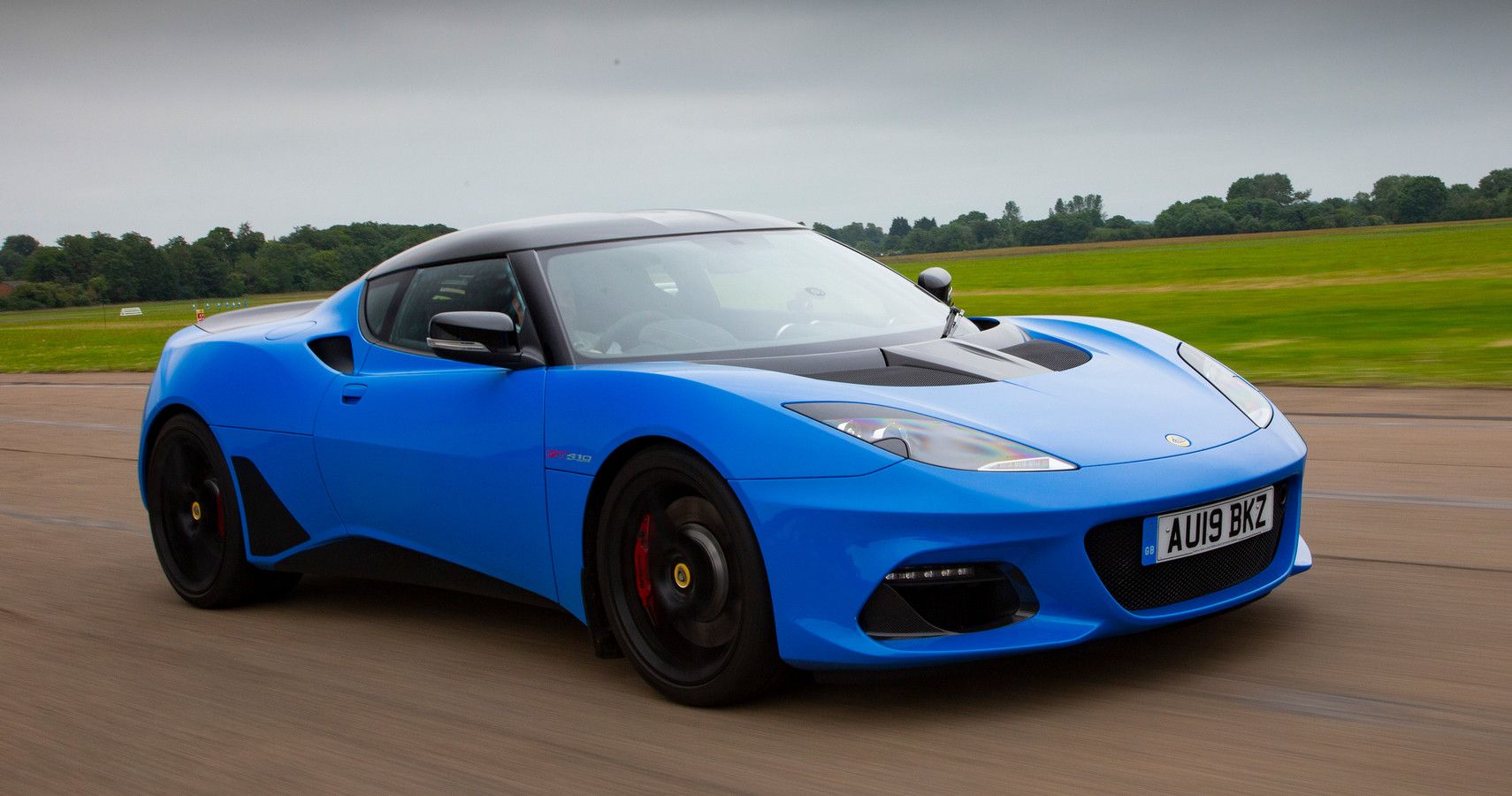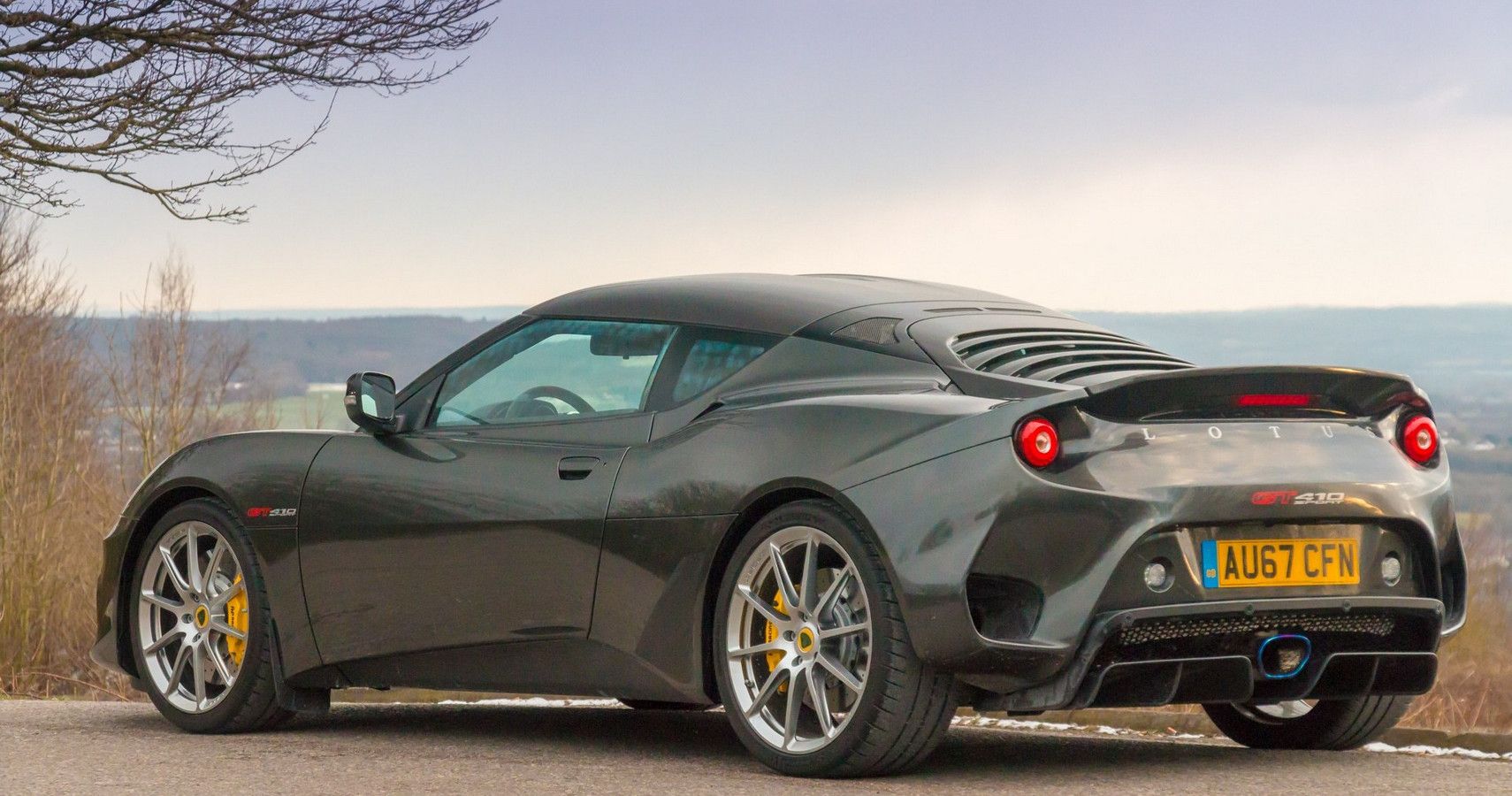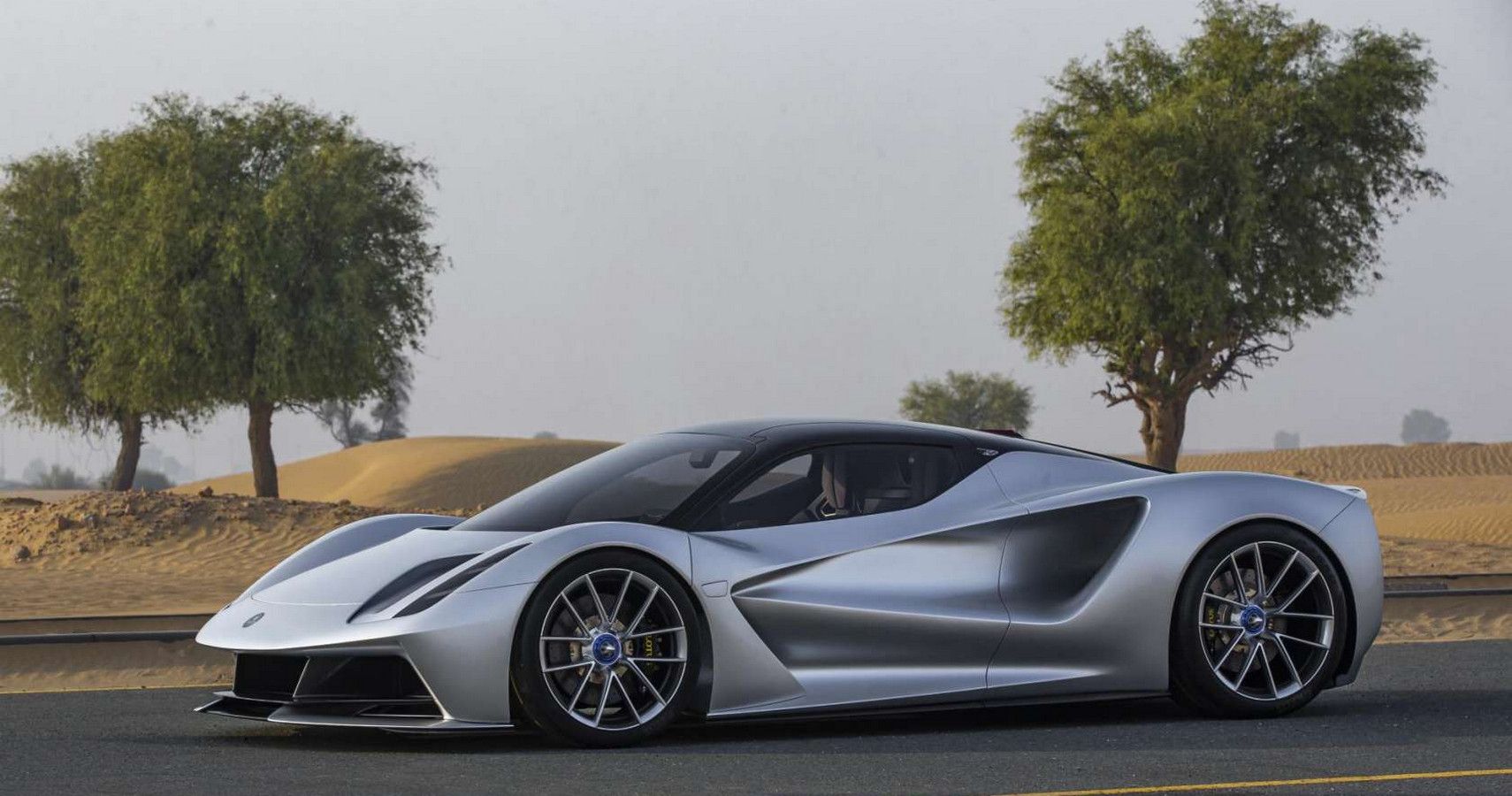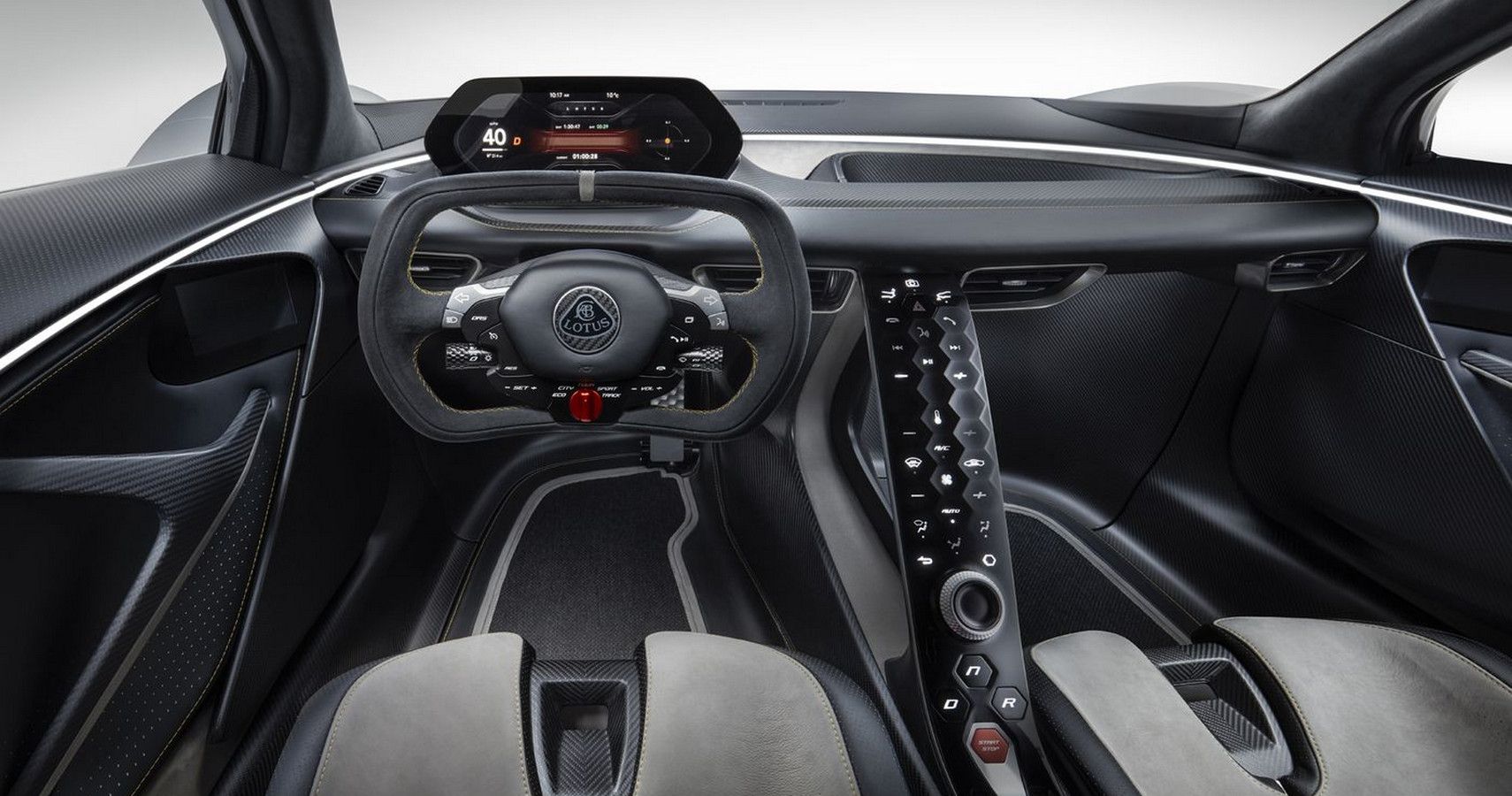Once one of the most famous names in Formula 1, Lotus Cars founded in 1948 (Lotus Engineering) has produced some of the most successful racing and road cars in history.
Driven by financial constraints meant that founder Colin Chapman often innovated to achieve performance through lightness, one of the mantras that still resonates within the company today. Under new ownership with a secure financial backing plan to introduce a new range of sports cars with the Evija a positive sign of things to come.
10 Lotus 7 - Kit Car Success - Still Available Today
Low weight and simplicity are trademarks of all Lotus cars, with the famous Lotus 7 model being a testament to those values. Early series 1 models with their 1.2-liter 40hp engines pushing its 725lbs body to 60mph in 14 seconds before maxing out at 85mph. Later models received Cosworth modified units developing 105hp.
Launched in 1957 and survived under the Lotus name until 1972, when UK carmaker Caterham purchased the rights to the "7" model name, continuing production even today.
9 Lotus Elite Series 1 - First Lotus Production Car
Early Elite models suffered from structural failures, built entirely from fiber-glass suspension struts often piercing its bodyshell. Updating construction methods resulted in a much-improved structure without increasing overall weight. Combing 1.2-liter Coventry Climax engines with ZF manual transmissions proved a reliable and competitive package with Elites popular with club racers. Packing 85hp and weighing 1100lbs yielded a top speed of 115mph with 60mph coming up in 12 seconds.
Original Elites (Type 14) ceased production in 1963 with the company later resurrecting the Elite name in 1974 (Type 75/83) proving less popular. The once famous name reappeared again in 2010 as a concept car at the Paris Motor Show.
8 Lotus Elan - Two-Seater Roadster - Inspired The MX-5?
New for sports car design the Elan launched with a steel backbone chassis increasing strength while minimizing weight. Modern in design the Elan with four-wheel disc brakes and fully independent suspension produced one of the best handling sports cars of all time. Series 1 models left the factory with 1.6-liter twin-cam engines good for 115mph.
Second generations Elans (M100) arrived in 1989 featuring Isuzu 1.6-liter turbocharged engines reliably developing 165hp in SE trim. Despite the car's performance and class-leading handling the cheaper MX-5 sold in greater numbers eventually killing off the Elan.
7 Lotus Europa / Type 121 Europa - Innovative Mid-Engine Design
Following Formula 1's move to mid-engined designs, Lotus launched their 1966 Europa model aiming to replicate the handling benefits in a road car. Adapting their existing backbone chassis mated to a single piece glass-fiber body with its distinctive styling kept body weight down to 1350lbs. Needing an entirely new engine and transmission Lotus turned to Renault for power, adopting their 1.5-liter unit producing 78hp.
Resurrecting the Europa name in 2006 for the company's Type 121 model, another variation on the Elise platform. In range-topping SE trim, developing 222hp from its GM sourced Ecotec engine.
6 Lotus Excel - European Market Only
Reverting to a front-engined design Lotus launched the Eclat Excel in 1982 before eventually dropping the Eclat tag after updates in 1984. Power comes from Lotus' 912 slant-four 2.2-liter engine delivering 160hp, fitted with a 5-speed manual sending power to the rear wheels. Strict US emissions regulations prevented Lotus from exporting the Excel to the important American market.
Working closely with Toyota on their A60 Supra development Lotus Engineering gained valuable access to the corporate Toyota parts bin from where much of the Excel's drive train is sourced.
5 Lotus Esprit - Wedge Shaped Plastic Supercar Killer
Initially only available with 160hp from its 2-liter four-cylinder engine the Esprit with sublime handling could easily match comparable Porsche and Ferrari models. With the arrival of the S3 turbo in 1981 bringing 215hp provided supercar levels of performance reaching 60mph in 5.2 seconds.
Twenty years after its launch the Esprit finally got the V8 it deserved, with power increased to 350hp raising the maximum speed to 180mph the maximum the Renault 25 transaxle could cope with.
4 Lotus Cortina/Carlton - Lotus Engineering Collaborations
Ford's Lotus Cortina is one of the early Lotus engineerings projects with bodyshells supplied by Ford, while Lotus developed the existing Kent engine and running gear. Resulting in a group 2 track with 105hp available, often competing and winning against more powerful rivals.
At its launch in 1990, the Lotus Carlton was the fastest production sedan in the world with a top speed of 177mph. Performance gains are largely due to twin Garret turbochargers boosting output to 377hp, while Lotus Engineering modified and strengthed the existing engine.
3 Lotus Elise/Exige - Road And Track Star
Named after the daughter of Bugatti at the time owners of Lotus, the Elise launched in 1996 constructed from bonded aluminum extrusions with a glass-fiber bodyshell. Finances dictated the use of Rover's 1.8-liter K series engine mid-mounted developing 118hp. Despite its relatively low output Elise' can reach 60mph in 5.1 seconds, making it an ideal track car.
Owners demanding more performance opt for the hardcore Elise, marketed as the Exige arriving in 2000. More extreme in every area, with 190hp to play with owners can rocket to 60mph in 4.7 seconds, though quick it's the Exiges handling that makes it special.
2 Lotus Evora GT410
A pure driver's car keeping unnecessary luxury to a minimum makes Evora a more rewarding driver's car reflecting the carmaker's "simplicity" heritage. The mid-engined layout makes the best use of its 416hp 3.5-liter supercharged V6 launching to 62mph in 3.8 seconds, pulling strongly to a maximum of 188mph. Despite its performance and handling abilities, the 2+2 seater sports car sells in low numbers in the US.
Ultimately a more refined variant of the Elise chassis, Evora's are currently Lotus' fastest production car (until Evija arrives), using Toyota / Lexus sourced engine proving powerful and reliable.
1 Lotus Evija - Hi-Tech Hybrid Supercar
On target to commence deliveries in 2020, Lotus is producing 130 examples of their all-electric Evija hypercar with full production sold out despite costing $2.1 million. Power comes from 4 electric motors generating a total 2000hp promising a range of 250 miles while capable of over 200mph. Adopting a full carbon-fiber constructions process Lotus has managed to keep curb weight down to 3700lbs, quite an achievement for a fully electric hypercar.
Critical to performance and range claims, Lotus turned to Williams Advanced engineering to co-develop the 70 kWh lithium-ion battery pack.

